|
Flying to Praslin - what an experience! Although the weather wasn't ideal, we thoroughly enjoyed the 15 minute flight from Mahe to Praslin in a De Havilland Twin Otter 16-seater, with hand luggage in our laps and a clear view into the cockpit. Ours was the only checked-in baggage, yet they still put it on the belt in Praslin!
Staying and spending time with Will was an absolute pleasure. He had no reservation about picking us up at 6am on a Sunday morning and giving us a morning tour of the island. But the highlight of our day was Anse Government. After lunch and swimming at L'Archipel, we drifted down the coast to an area we could almost walk out onto small rocky islands. Jumping off the 10 feet cliffs (and avoiding the rocks below) was inspired by daring local teenagers - not a small feat considering Will had only learnt to swim a few months ago! Luckily he also had his waterproof camera to capture some of the moments. Before reaching, Will had told me that he doesn't bother checking the weather here due to the micro climates - today it must have rained on and off at least 15 times in the day! Many more photos from Praslin will follow in later posts. For interesting travel reading on Seychelles, especially if you're from the UK, I recommend a visit to Will's blog - Will I Am in Seychelles. Entertaining, humourous yet informative. Technical details (first 3 photos): Olympus ZD 12-60mm and 70-300mm lenses; unedited and straight from the camera. Last two photos: Panasonic Lumix FT3, colours slightly edited to counter the cloudy day.
0 Comments
The excitement kicked in when flying into Seychelles - breathtaking granite islands surrounded by stunning white sandy beaches, palm trees and lush rainforests all viewable form the window as we landed onto a runway that felt like it was in the water. A dreamy paradise like nothing we'd ever seen before!
We were lucky to stay with Dilip Uncle and Bharti Aunty, whose warm hospitality made us feel right at home. Driving around the Seychelles was an absolute joy with a variety of vistas every few minutes. The pictures paint the picture of the glorious natural beauty and exotic nature - click on an image to read captions. A little background to Mahe - 60 sq miles and the largest island with 90% of the population of Seychelles - a whopping 80,000. It is home to possibly the smallest capital city in the world, Victoria, with a population of 23,000. It is approximately 1000 miles off the East African coast. Technical details (for all except bat photo): Olympus ZD 12-60mm; all unedited and straight from the camera except ant photo which was cropped. Bat photo: Olympus ZD 70-300mm; cropped. En-route to Nairobi, we decided to stop over and climb Mount Longonot - a (so-called) dormant volcano with laval canyons and dramatic landscapes with stunning views over Lake Naivasha. Rising 9000 ft above sea level, our half-day trek involved climbing about 2000 ft to the peak. Recent news reports suggest that it is still active, and the geothermal steam being vented in the crater is clearly visible. Unfortunately the on and off rain and dusty volcanic-ash covered paths restricted photographic potential, but the climb followed by a 3 hour walk around the rim of the crater was certainly worthwhile. Our enthusiastic and knowledgeable guide, Peter, explained that he and the other local guides often run the course (in many less hours than us) just for fitness and fun! To top it off, he invited us back to his home for dinner and said we were welcome to stay with him if we revisited - an example of Kenyan hospitality!
Unfortunately (in my opinion), the scenery looks set to be disturbed with an upcoming development of an international-standard golf course, a hotel, residences and other amenities at Longonot Gate. Peter, however, was convinced that the local population would benefit from the new employment opportunities. Technical details: Olympus ZD 12-60mm; all unedited and straight from the camera. Apologies for the delay in posting, but I promise there'll be many updates coming soon!
Following Kakamega Forest, I was delighted to find a butterfly in the garden that stood long enough for me to capture with the macro set-up. Technical details: Olympus Zuiko 50mm f1.8 coupled with Teleplus 2x macro converter; all photos unedited and straight from the camera except the ant photo which is slightly cropped. One day trip wasn't enough! I was very glad that we had a chance to revisit the Kakamega rain forest, especially as last time we had missed out on the bird watching (one of the main attractions) as we had been in the forest during the afternoon last time. Fortunately this time, we managed to climb Liranda hill on our first day, and completed the short trek (about 4 hours) down to the Yala River from our serene abode, Rondo Retreat. As mentioned in the earlier post, Kakamega is home to an astounding variety of butterflies. and although difficult to capture (why do they they rarely sit still for a second or longer?!) it was amazing to be walking miles in the company of so many different beatiful butterflies. I hope the photos do some justice. My favourite, however, is the dragonfly - a creature I have seldom managed to photograph in the wild.
Highlights of the trip included seeing a menacing forest python seconds after it made a kill, and watching it slowly escape us (disturbing its dinner time) climbing vertically up a tree stump with only its tail supporting it. We also saw a goliath beetle in flight (the largest insect in the world by weight, and about 4 inches long!) but it was too fast to capture on (digital) film. I have also included a short video clip trying to relay the wonderful atmosphere atop Liranda hill - surrounded by lush, dense rainforest with the breeze swimming through the long grass. Some of the photos have captions - click to view. Unfortunately I have not managed to identify many of the insects. Technical details: Olympus ZD 70-300mm and Sony 18-55mm lenses; all unedited and straight from the camera. Below are some photos taken for banner-style headers for the Fulchand Keshavji Shah website - a bookshop in Kisumu.
Technical details: Sony 35mm f1.8 lens, all photos are cropped to the necessary ratio, and lighting levels slightly adjusted in some photos. A day trip to Kakamega Forest, a "superb small slab of virgin tropical rainforest, home to a huge variety of
birds and animals" as described by Lonely Planet. It also has 40% of Kenya's butterfly population, about 330 species . Although we didn't experience the richness of birdlife due to being there mid day, we saw much diversity in butterflies and enjoyed the flora through the forest trails. The video gives an insight into the typical torrential downpours that occur regularly in the Kakamega rainforest. Luckily we were indoors! Technical details: Olympus ZD 12-60mm and Minolta 70-210mm f4 lenses; all unedited and straight from the camera. From about 30 feet away, Shivani pointed out a blue chameleon poking his nose out from behind a high garden wall. I rushed out with the camera, climbed on a nearby tree stump and waited for about 5-10 minutes... And was rewarded with quite a view of unexpected activity (for a few seconds)! Later, I was also amazed by how flies were settling communally on a single Frangipani plant.
Technical details: Olympus ZD 70-300mm lens; all unedited and straight from the camera. Approximately 3 hours from Kisumu, involving some skilful off-road driving by my father-in-law, took us to the beautiful island of Rusinga. The Rusinga Island Lodge is a beautifully-set hotel and from there our guide Semekia took us on a (thrilling roller coaster-like) speed-boat ride to nearby smaller islands. We alighted at Takawiri, more specifically at an abandoned hotel known as Takawiri Island Lodge. The small island alone is home to more than 300 species of different birds, and the abundance of feathered diversity was indeed something special. There is certainly still a magical paradisiacal charm about the place, perhaps more so in its human desertedness. The return journey included a ferry trip from Mbita from which we were lucky to witness a nature's wonder of a flock of bright pink flamingos flying to and fro at dusk. Unfortunately I wasn't keen on taking out the big camera, but have uploaded a small shaky video, which does not do justice but hopefully gives an insight into the stunning event. As usual, photos have brief captions - click the photos to enlarge and read them. Technical details: Olympus ZD 12-60mm and 70-300mm lenses; all unedited and straight from the camera, except the chasing kits an tree pitpit photos which have been cropped. |
Vote for your favourite 2013 photos here!
Archives
July 2014
Categories
All
|
© 2016 Capture the Soul Photography. All rights reserved.











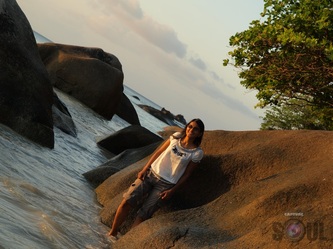










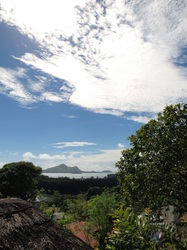
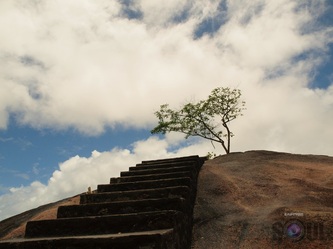


























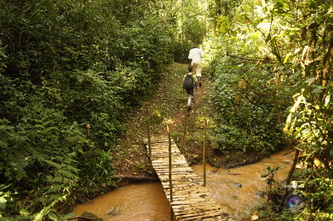






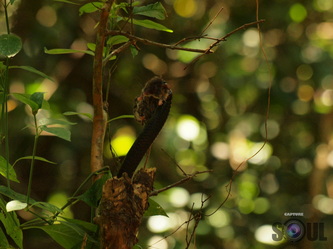






















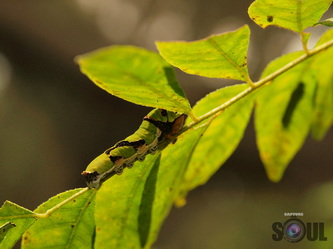
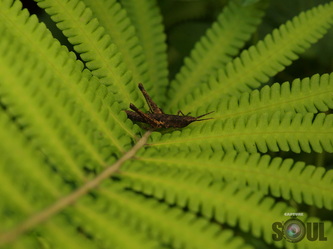

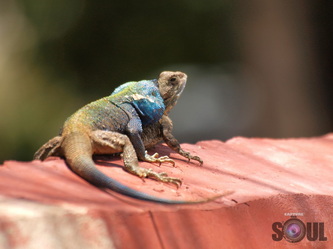















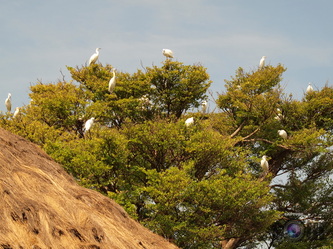
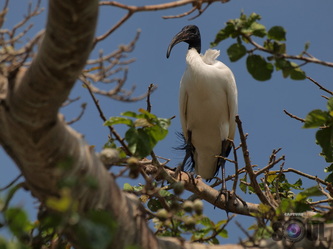


 RSS Feed
RSS Feed